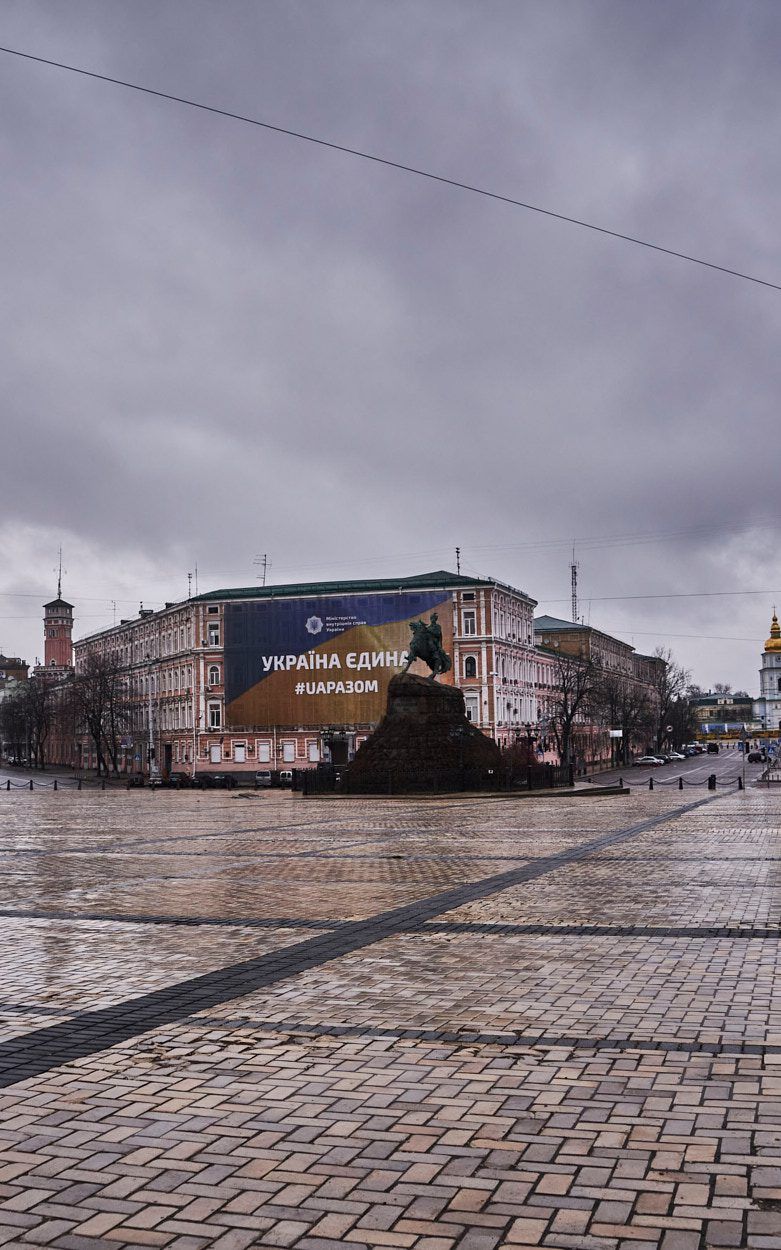

Kyiv

Before the start of the new invasion, on February 24, the Russians sent groups of saboteurs to Kyiv. It meant that fighting also broke out on the day of the attack in some parts of Kyiv. This and the rapid advancement of the Russian armoured columns towards the capital of Ukraine meant that the city was depopulated in the first days and the following weeks.
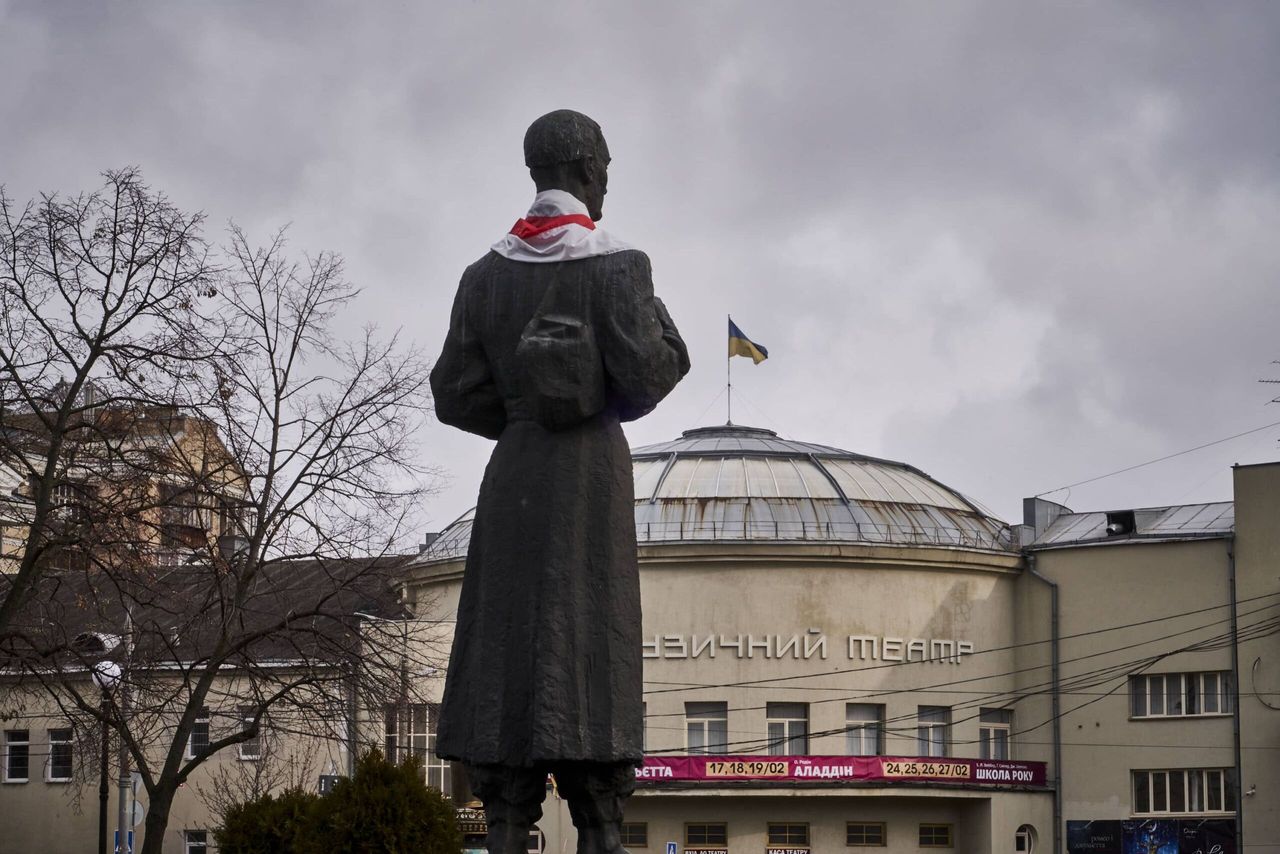
However, the city centre was mainly depopulated because many wealthy people had the financial sources to evacuate. You could meet people more often in the suburbs, in more poor neighbourhoods. The centre, where you usually passed crowds of people, was now empty.
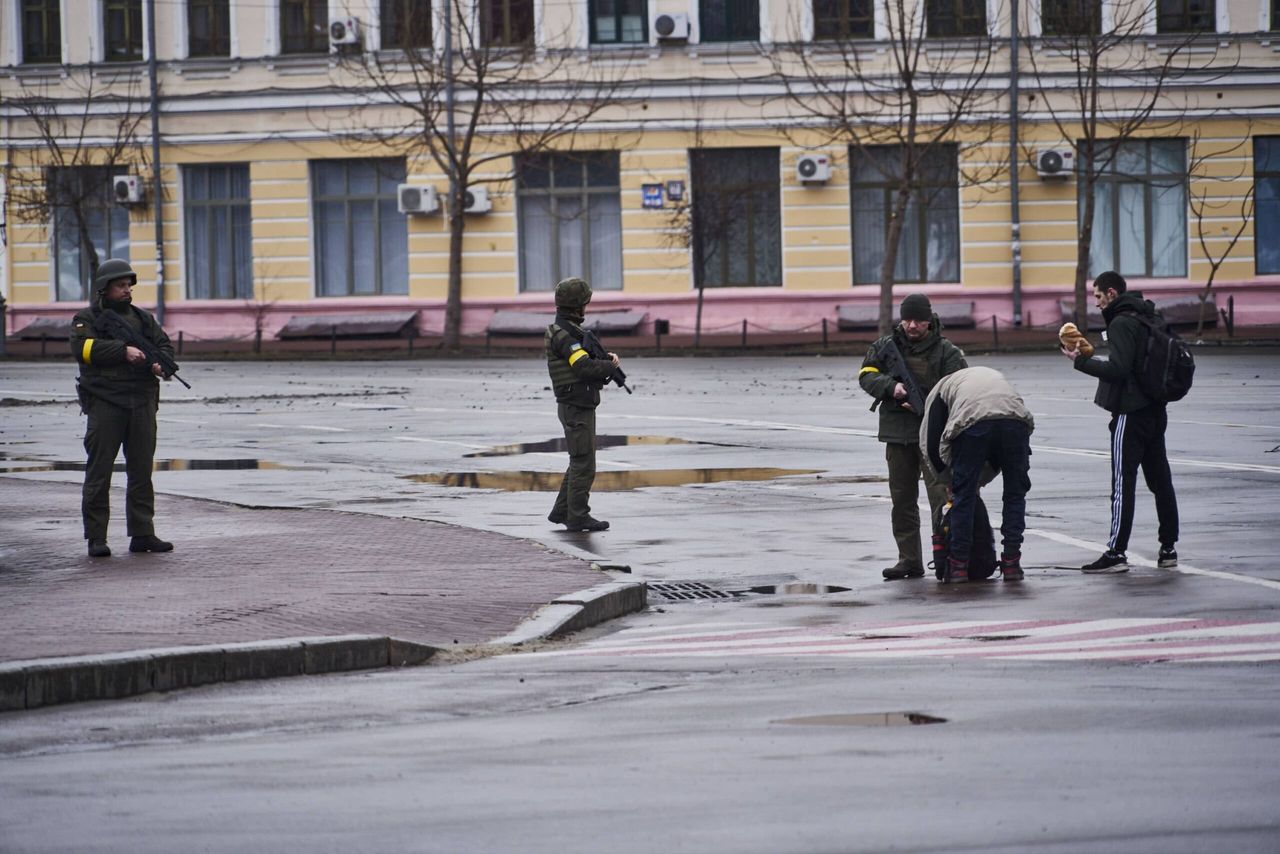
People appeared sporadically, sometimes controlled by police or territorial defence units. You could often meet groups standing in lines at the pharmacy or shops.

On February 26, the world was shocked to hear that a Russian missile had hit a residential building. Everyone wondered why.
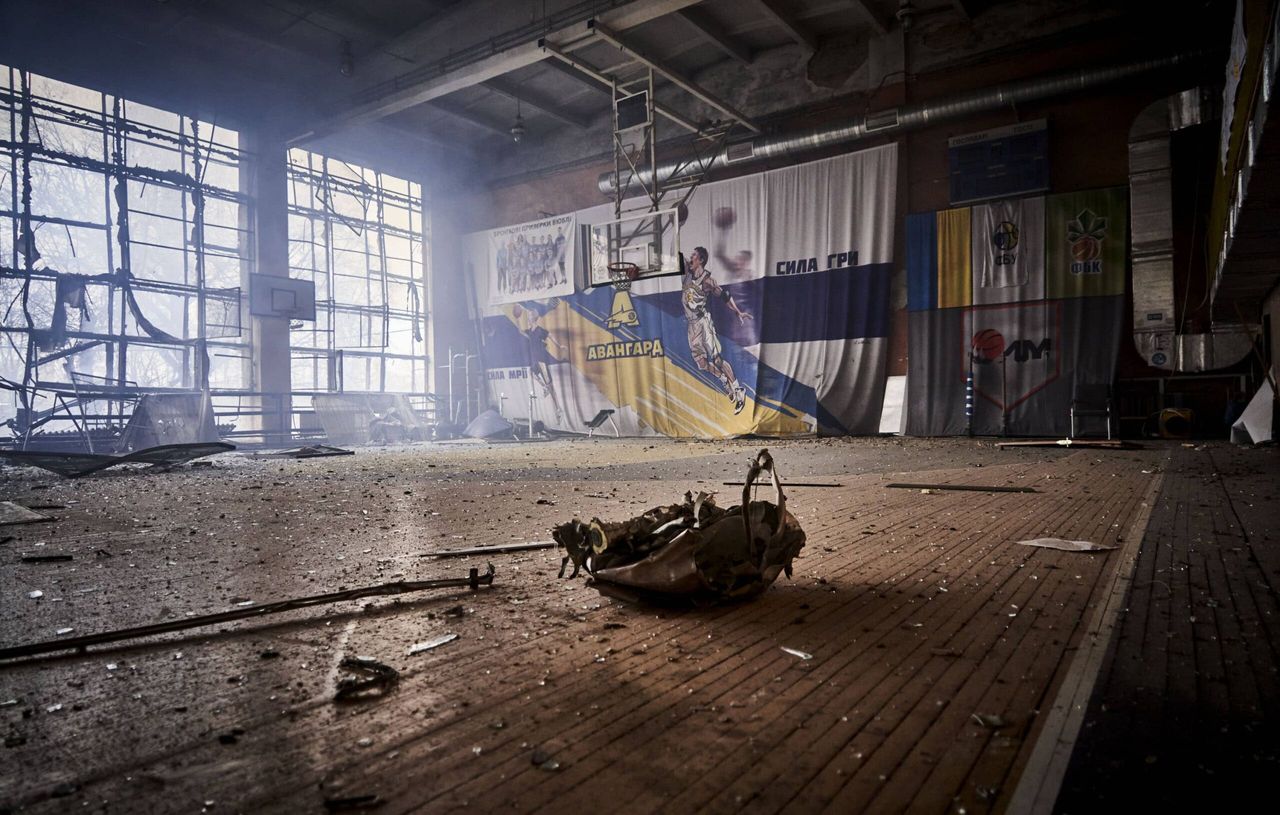
In the following days, missiles and rockets fell near the TV tower and hit, among others, a building with a gym and a basketball court.
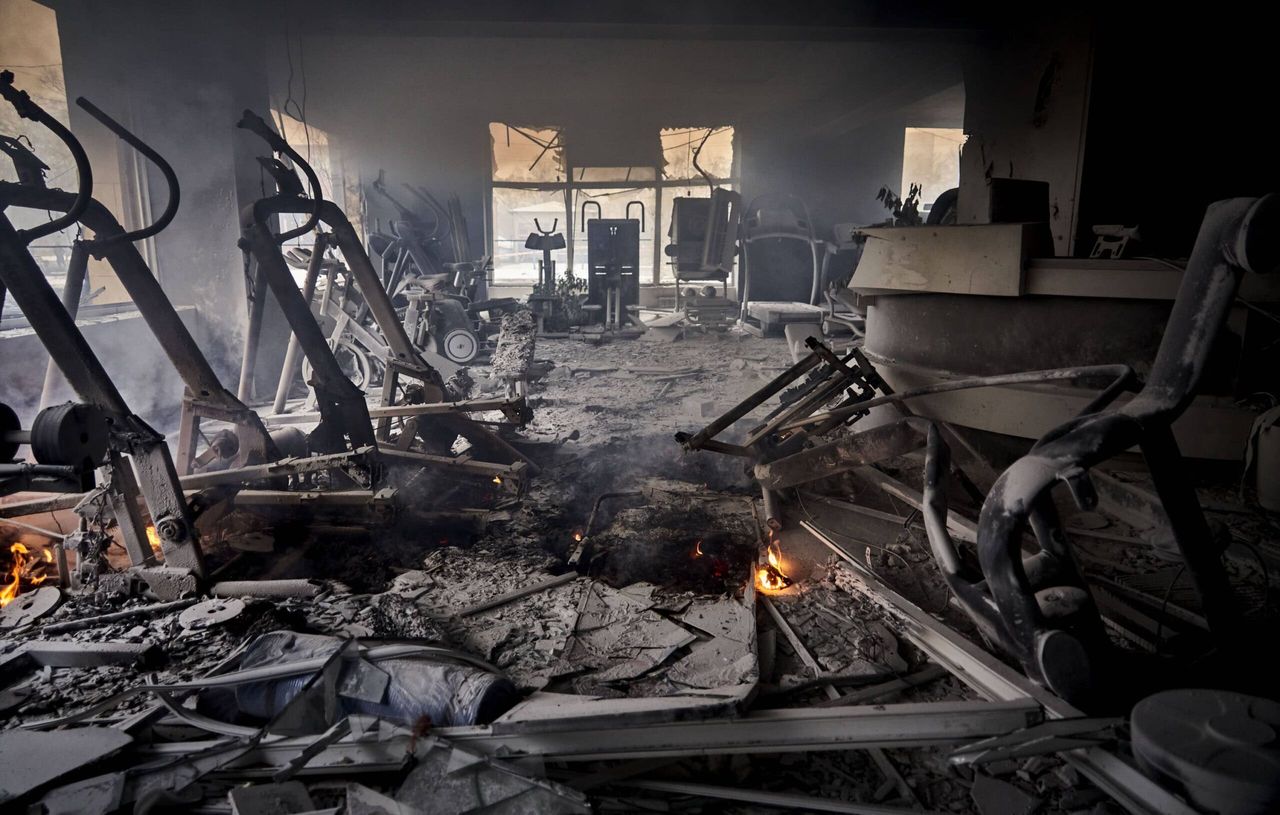
Everyone, despite the shock, tried to rationalise these events by believing that Russians were trying to damage the TV transmitter.
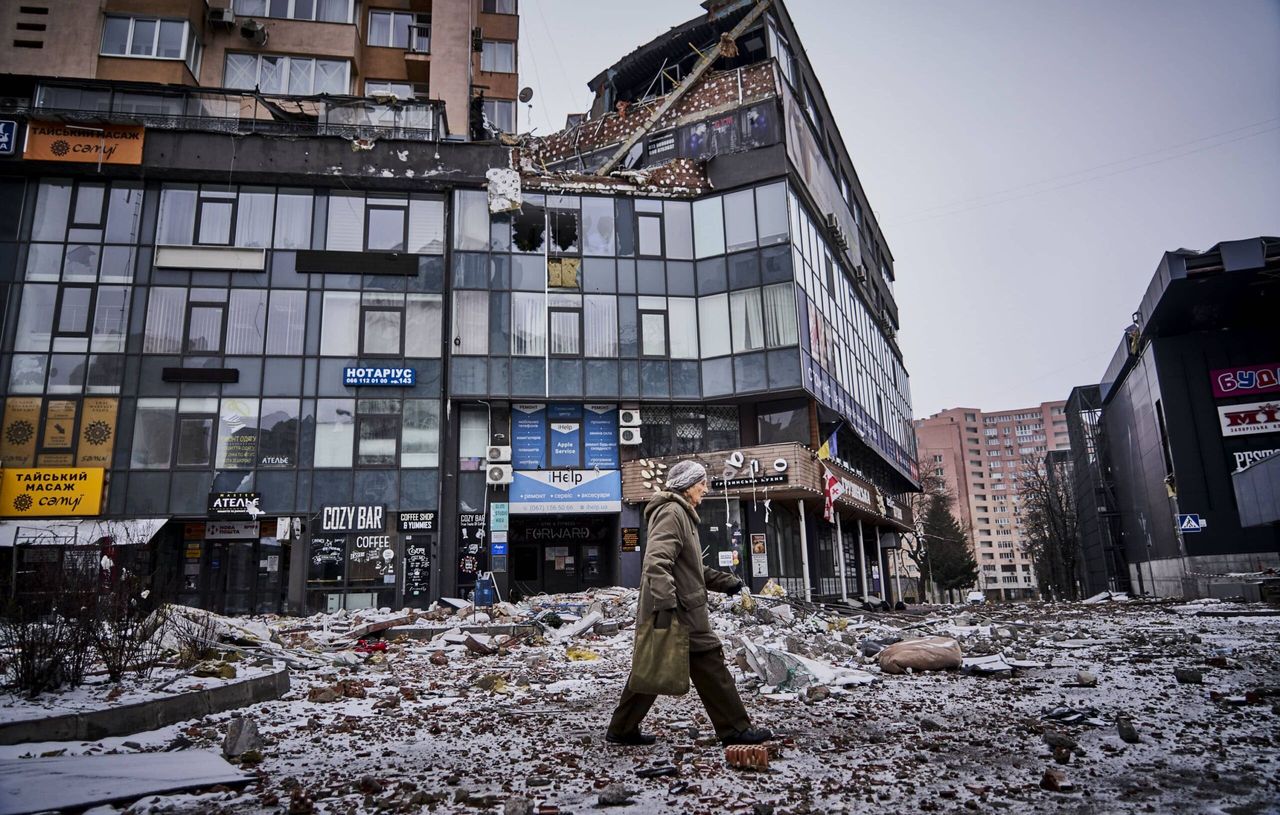
But the situation changed quickly, and it turned out that the Russians were shelling neighbourhoods and residential buildings.
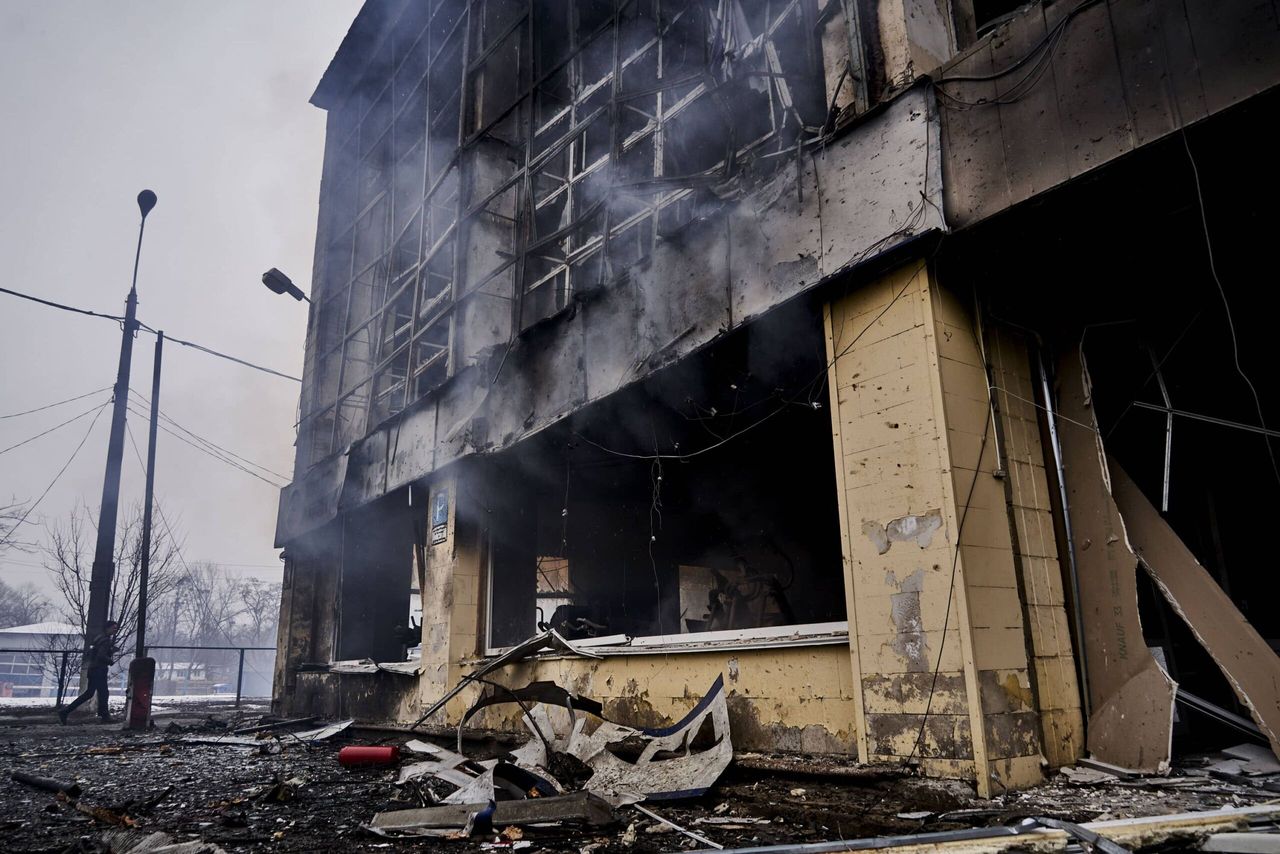
Quite randomly, with no particular military target nearby, just for the terror itself, which had become the norm during the next stage of the war.

 Ukrainian
UkrainianOdyssey



